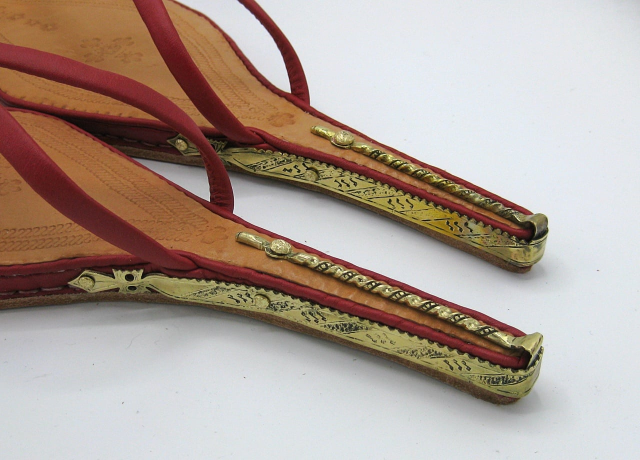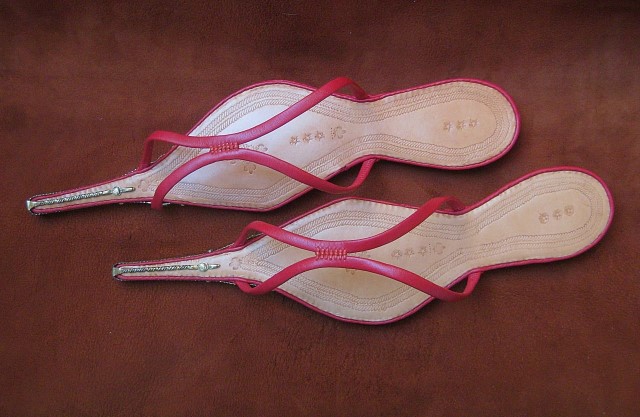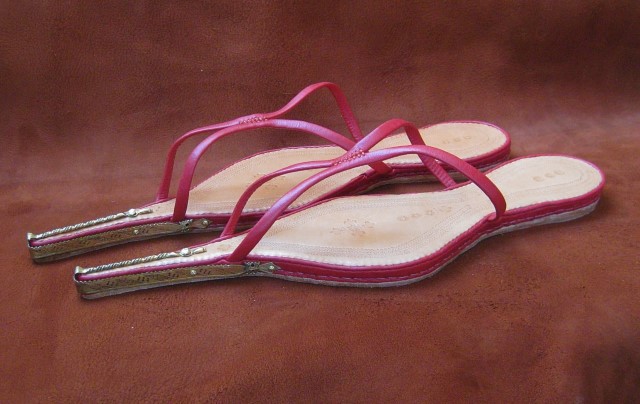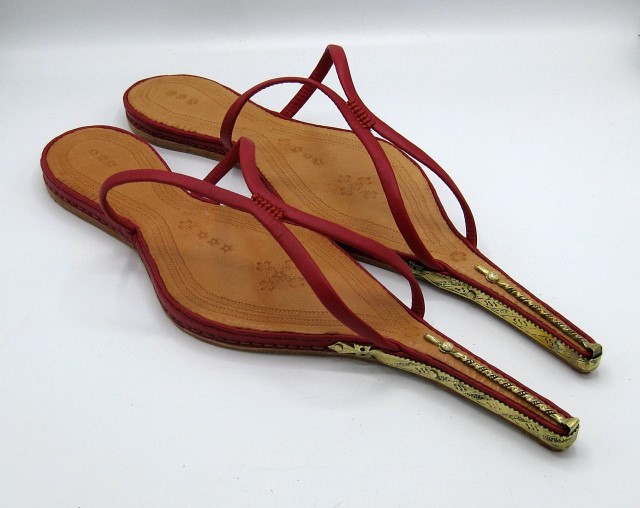
One of the interesting aspects of medieval life, is that everything was ‘bespoke’: hand crafted, at least somewhat unique, and typically made to a very high standard compared to the mass produced goods we are used to today. Even prosaic things were works of art. Whereas the medieval world tends to be portrayed as rough and primitive, with artifacts hacked together by some kind of caveman as quickly and crudely as they can, the reality is almost the opposite. Even middle class people tended to wear nicer fabrics (think ‘natural fiber, high thread count) and carry a variety of exquisite artifacts made by an industry of master artisans, which were more durable and more beautiful than most of what we surround ourselves with today.
A result of this is that modern replicas of day to day artifacts (such as seen in movies and shows) tend to be very basic, often more cartoonish parodies than realistic examples of what the medieval world was actually like. The reason is that it takes a real artisan who has done a great deal of research and acquired genuine skill to make such artifacts, and this is quite difficult to achieve without the living tradition and the benefit of the apprenticeship system used back then.
This is a nice example which came across my feed today, a pair of beautifully wrought cork, leather, textile and bras shoess, copied from shoes worn in Nuremberg in the 15th Century. Quoting from the modern artisan in question, Res Rarae – Martin Moser:
“Heute habe ich ein Paar Korktrippen mit gravierten und gefeilten Messingbeschlägen nach einem Original aus dem 15. Jahrhundert, das im Germanischen Nationalmuseum in Nürnberg ausgestellt ist, fertiggestellt. Im Vergleich zu den robusteren Holztrippen wurden diese wohl in Innenräumen oder um das Haus auf einigermaßen sauberen und ebenen Oberflächen getragen.”
Which translates to:
“Today I finished a pair of 15th century cork pattens with engraved and filed brass toe fittings after an original shown in the Germanisches Nationalmuseum in Nuremberg. Compared to the sturdier wooden pattens these would most likely be worn indoors or around the house on somewhat clean and even surfaces.
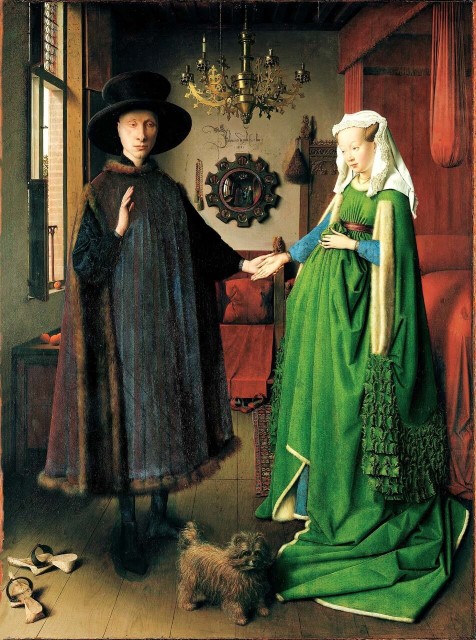
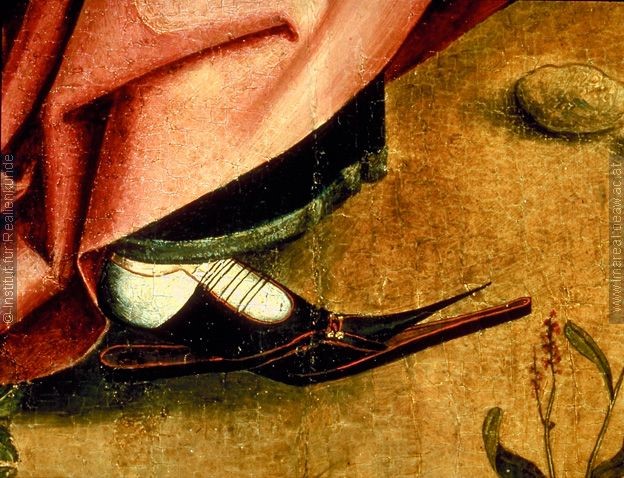
Shoes are a small thing, easy to overlook, but they give us a tiny insight into the richness of daily life in the medieval world. We often tend to fill in all these details in generic pastel hues and earth tones, simplistic recorder music and cockney accents. But by doing so we rob ourselves of the fascinating richness of experiencing such a strange and remote place as medieval Europe. When you visit a city like Bruges, Florence or Venice, Sienna, Prague or Strasbourg, where a lot of the medieval and early modern architecture has survived, you are surrounded by ‘bespoke’ art and architecture, and you get an idea of what it was like. For those of us seeking to understand, or play in the medieval world, it helps to have skilled artisans who take the time to plunge into it’s secrets.

